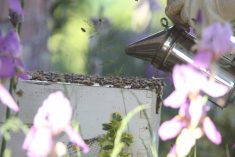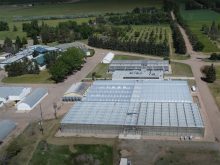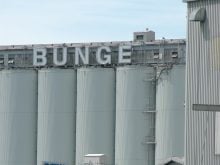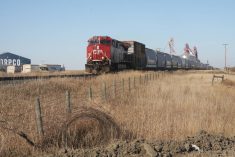Wild boars are an integral part of Deb and Earl Hagman’s northern Alberta farm.
For 17 years the couple has sold its meat through barbecues, white tablecloth restaurants, American hunt farms and their hunting operation.
“It’s an integral part of our farm. It provides better cash flow than our cattle,” said Earl, who operates Hog Wild Specialties in Mayerthorpe, Alta.
However, few producers had the stamina to stick it out as long as the Hagman family and build a viable business around wild boar.
Read Also
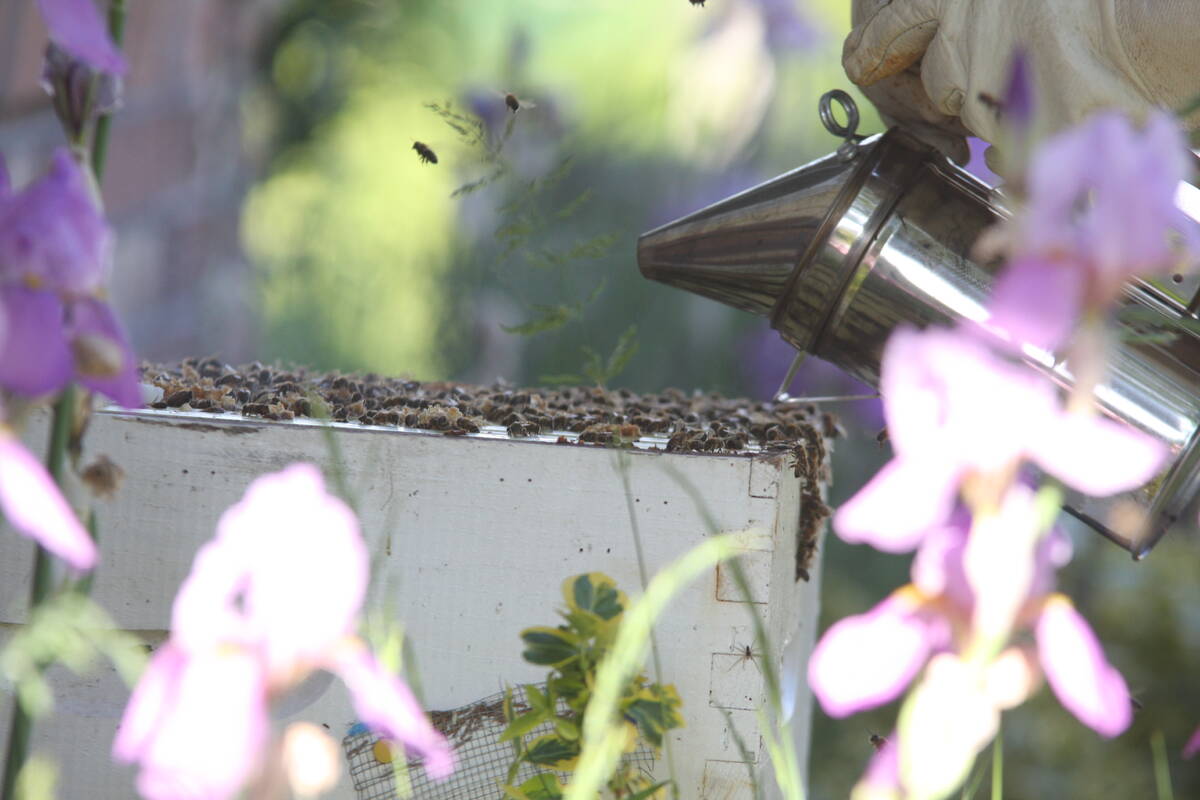
Manitoba beekeepers battle for survival
Honeybee colony losses have hit 43 per cent, making 2025 the latest in a string of poor bee survival years for Manitoba’s honey producers
A 2006 Statistics Canada census of alternative livestock on Canadian farms, which was released last week, shows that the number of wild boars has plunged 37 percent to slightly less than 21,000 in the past five years.
Hundreds of acreage owners and established farmers bought breeding stock in the early 1990s, often at high prices, as a possible alternative to traditional crops and livestock.
Production problems, a lack of developed markets and wary consumers sent prices tumbling by the early 2000s.
Almost 59,000 emus and rheas were raised on Canadian farms in 1996. By 2006 the number had dropped to 4,000.
Ostriches fared little better. In 1996 there were almost 15,000 ostriches on Canadian farmers but by 2006 that had dropped to less than 3,000 birds.
Between 2001 and 2006 the number of ranched deer on Canadian farms dropped 12 percent to 47,748, down from 53,258. The number of deer farms dropped 23 percent.
Elk numbers were slightly better, dropping seven percent to 69,168, from 74,478 but the number of elk farms dropped 23 percent.
Jim Babcock, manager of the Saskatchewan agriculture ministry’s livestock development branch, said marketing seemed to be key to the survival and success of some breeds.
“Where markets are able to be sustained, you get growth,” he said.
The producers who survived have created niche markets for their products, he added. “That takes a lot of hard work.”
Unlike other alternative livestock, llamas and alpacas increased 23 percent from 25,782 to 31,708.
Some producers were able to sell their fibre to spinners and weavers and have developed a solid market.
Bill MacDonald of Plenty, Sask., had high hopes for his alpacas when he bought his around 2000.
“It sounded like a dandy deal,” said MacDonald, who is now selling his remaining 15 females and 12 males.
In his sparsely populated area of Saskatchewan, MacDonald found it tough to develop markets because both he and his wife work off the farm.
“The other stuff we do, frankly, pays better than they do,” he said.
MacDonald must now take his lumps and sell the animals for much less than he paid for them.
“We lucked out and bought them right at the peak,” he said.
He paid $60,000 for five animals and is now willing to sell them for less.
“Any offer at least half way reasonable, we’ll let the whole flock go.”
Bison numbers also increased during the same time, increasing 35 percent to 195,728 from 145,094.
Linda Sauntner, operations manager for Bison Producers of Alberta, said it hasn’t been easy for bison producers over the past six years. With the American border closed to bison because of BSE in cattle and a lack of federally inspected slaughter plants, producers had little choice but to keep their animals instead of selling them for slaughter.
The bison producers who survived chose to “tough it out” and wait for better times, Sauntner said.
With few markets and low prices, bison producers started to hone their marketing skills and create their own local markets, which have helped the industry.
“People on their own have really advanced consumer awareness,” she said.
The number of goats on Canadian farmers doubled between 1986 and 2001. By 2006, the number had fallen 14 percent to 177,700.
Horses and ponies also lost ground during the past five years. Between 2001 and 2006, the number of horses dropped one percent to about 454,000.


